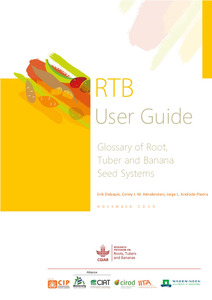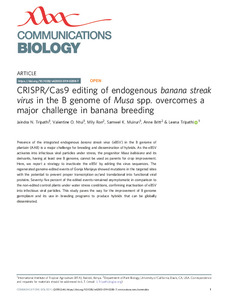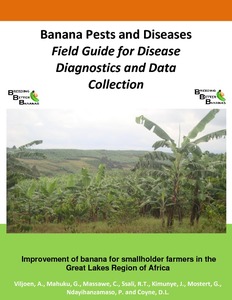An early warning system detects and prevents diseases in banana, a key food security crop in Africa. It relies on machine learning and imagery collected by mobile phones, drones and satellites
New research shows how a combination of imagery from mobile phones, drones and satellites can be used to clamp down on banana threats. The images of varying resolutions are fed into a platform “trained” through machine learning to identify banana crops and analyze threats with 97% overall accuracy. The findings were published in the ISPRS Journal of Photogrammetry and Remote Sensing.
The research case studies, conducted in the Democratic Republic of Congo and Republic of Benin, have important implications for the 90 million people in East, West and Central Africa who rely on bananas and plantains as a primary food source. These mostly small-scale farmers are dependent on their cultivation for food, income and job security.
The increasing arrival and spread of serious diseases, fungal infections and viruses, due to climate change and land-use change among other factors, pose a serious food security threat. There are six major and devastating threats to banana, among them bunchy top disease (BBTD) and Xanthomonas wilt of banana (BXW).
“Threats are currently detected by experts in the field using cell phones,” said Michael Gomez Selvaraj, a crop physiologist and co-author at the Alliance of Bioversity International and the International Center for Tropical Agriculture (CIAT). “But to track and detect diseases across huge tracts of land at country, district or village level, you need a platform that quickly detects threats.”
Continue reading on EurekAlert


